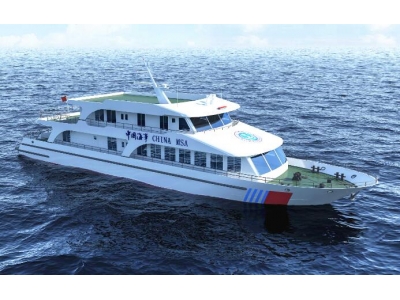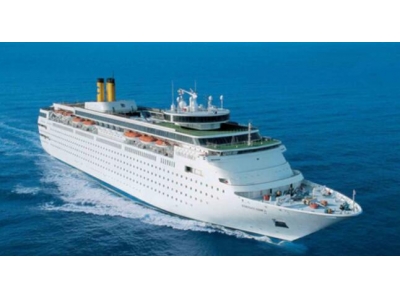Introduction to Ship Seating Terminology
As the global shipping industry continues to grow, the demand for comfortable and functional ship seating is on the rise. Whether you are a shipbuilder, a sailor, or simply curious about the different types of seats found on ships, it is crucial to understand the terminology used to describe ship seating in English. This guide aims to provide you with an overview of the key terms and phrases commonly used in the ship seating industry.
1. Captain's Chair
The captain's chair, also known as the helm chair or the bridge chair, is the seat reserved for the ship's master or captain. It is typically placed on the bridge or the control room and is designed for maximum comfort and control, featuring ergonomic support, adjustable features, and advanced navigation controls.
2. Crew Seating
Crew seating refers to the seats provided for the ship's crew members. These seats are designed to withstand the harsh marine environments and provide durability, stability, and functionality. Some common types of crew seating include the helm mate seat, engine room seats, and crew mesh chairs.
3. Passenger Seating
Passenger seating refers to the seats provided for passengers on board. These seats can vary depending on the type of ship and its purpose. For example, cruise ships often offer a range of seating options such as loungers, recliners, and theater-style seats. Passenger seating on ferries and cargo ships may be more utilitarian, focusing on maximizing space and comfort within a limited budget.
4. Folding Seats
Folding seats, also known as flip-up seats, are designed to save space when not in use. These seats are commonly found in areas where space is limited, such as corridors, waiting areas, or emergency exits. They can be easily folded and secured to the wall or floor, allowing for easy storage and movement.
5. Safety and Compliance
Ship seating must comply with various safety regulations and standards to ensure the well-being of the crew and passengers. This includes requirements for fire resistance, ergonomic design, stability, and durability. Seats should be tested and certified by relevant authorities and meet the specified safety criteria.
Conclusion
Understanding ship seating terminology in English is essential for anyone involved in the maritime industry. Whether it's designing a new ship, outfitting a vessel, or simply wanting to know more about the seats on board, this guide provides you with the necessary knowledge to navigate through the various types of ship seating. By familiarizing oneself with these terms, individuals can make informed decisions and ensure the safety and comfort of those on board.
Thank you for taking the time to read this guide on ship seating terminology. We hope that it has provided you with valuable insights and a better understanding of the different types of seats found on ships.


